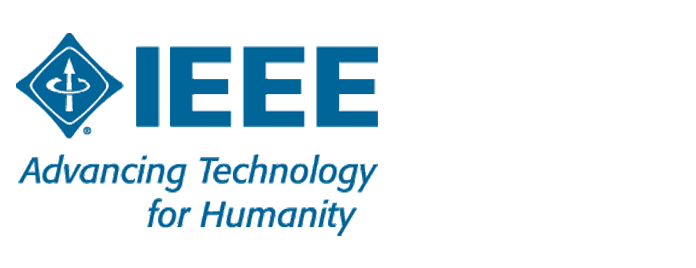Support of 5G glass-type Augmented Reality / Mixed Reality (AR/MR) devices (3GPP TR 26.998 version 17.1.0 Release 17)
The present document collects information on glass-type AR/MR devices in the context of 5G radio and network services. The primary scope of this Technical Report is the documentation of the following aspects:
- providing formal definitions for the functional structures of AR glasses, including their capabilities and constraints,
- documenting core use cases for AR services over 5G and defining relevant processing functions and reference architectures,
- identifying media exchange formats and profiles relevant to the core use cases,
- identifying necessary content delivery transport protocols and capability exchange mechanisms, as well as suitable 5G system functionalities (including device, edge, and network) and required QoS (including radio access and core network technologies),
- identifying key performance indicators and quality of experience factors,
- identifying relevant radio and system parameters (required bitrates, latencies, loss rates, range, etc.) to support the identified AR use cases and the required QoE, and
- providing a detailed overall power analysis for media AR related processing and communication.
- providing formal definitions for the functional structures of AR glasses, including their capabilities and constraints,
- documenting core use cases for AR services over 5G and defining relevant processing functions and reference architectures,
- identifying media exchange formats and profiles relevant to the core use cases,
- identifying necessary content delivery transport protocols and capability exchange mechanisms, as well as suitable 5G system functionalities (including device, edge, and network) and required QoS (including radio access and core network technologies),
- identifying key performance indicators and quality of experience factors,
- identifying relevant radio and system parameters (required bitrates, latencies, loss rates, range, etc.) to support the identified AR use cases and the required QoE, and
- providing a detailed overall power analysis for media AR related processing and communication.
ETSI TR 126 998 V17.1.0
https://www.etsi.org/deliver/etsi_tr/126900_126999/126998/17.01.00_60/tr_126998v170100p.pdf


